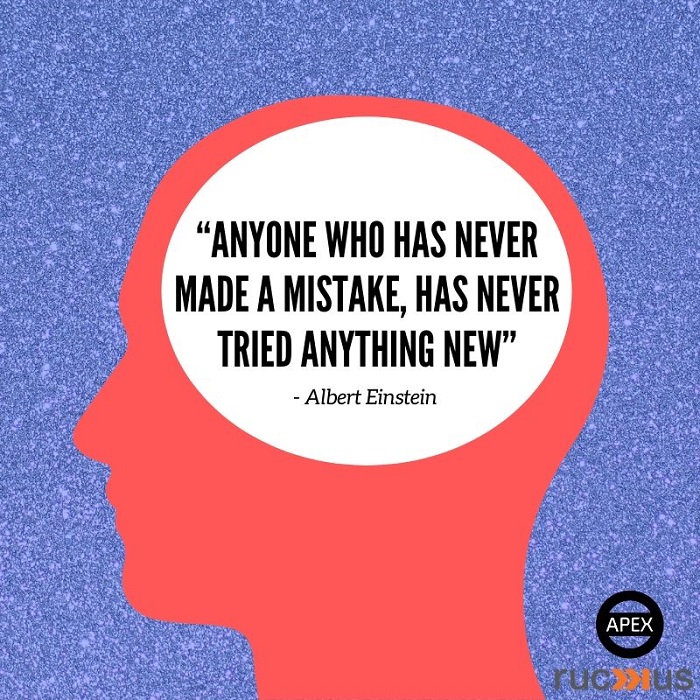7 tips for creating social-first content
It’s safe to say that there is no lack of content to be consumed on social media—so how do you create something that stands out and performs well? Here, we’ve rounded up our best tips to help you get started.
1. Keep copy on your creative to a minimum
Less is more when it comes to social content. The nature of platforms like Instagram, Facebook and Pinterest is already quite visual, so what you post should be, too. Have a lot to say? Consider transforming a static image into a short video or moving your message to the caption. Keeping a low word count will also ensure you can boost your content should you decide to later on.
2. Create content to spec
One size does not fit all. Help your content look and perform its best by keeping the respective specs of each social platform in mind. For example, your 1200×628 infographic might look stellar on LinkedIn, but it isn’t optimal in an Instagram feed where a square size is best.
3. Format and audience matters
Just as your audience varies across social platforms, so should your content. What you’re posting should resonate with the consumer. For example, a beautiful lifestyle image that performs well on Instagram might not get as many likes as you would’ve hoped for on a platform like Twitter, where users are there to consume news.
Aside from customizing content to a platform, you’ll also want to ensure you create with mobile in mind, as the majority of people consume content through their phones.
4. Add subtitles to your videos
Speaking of creating mobile-first, don’t forget to add subtitles to your videos! Unless you’re posting to TikTok, chances are that your audience—85 per cent of them, to be exact—are watching your videos with the sound off. Adding subtitles will not only ensure that they’re able to enjoy the video as intended, but it will make it accessible as well.
5. Stay true to your brand’s look and feel
This tip might not seem like a big deal… until you experience the difference it makes.
Staying true to your brand—whether it’s colour scheme, typography, animation style, or the type of visuals used most—will help you build a cohesive feed that stands out.
6. Plan your content based on past performance
Ensure your content continues to meet your KPIs by planning based on data. Check social platform backends, run reports and compare how each piece of content performed. The more you do this, the more you will start to notice trends. For example, you might start to realize that your meme content performs better on Instagram compared to Facebook. Based on this, you might decide to run this content only on Instagram moving forward (see tip #3).
7. Don’t be afraid to try new things
Just because you’re sticking with what works, doesn’t mean you can’t experiment. If you’ve been meaning to try out gifs or want to hop on TikTok, do it! Being a marketer is all about testing and being able to pivot your strategy.
Emily Rivas is the Senior Strategist at ruckus Digital.
Need help with your social strategy? Drop us a line.










